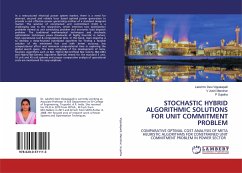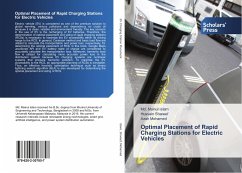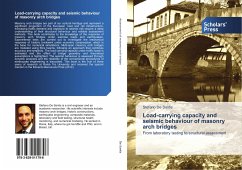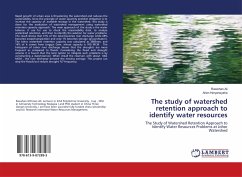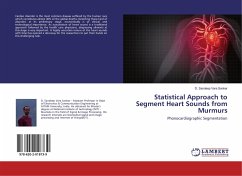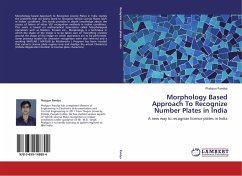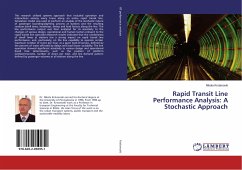
Rapid Transit Line Performance Analysis: A Stochastic Approach
Versandkostenfrei!
Versandfertig in 6-10 Tagen
32,99 €
inkl. MwSt.

PAYBACK Punkte
16 °P sammeln!
This research utilized systems approach that included operation and interactions among many trains along an entire rapid transit line. Simulation model was used to perform an analysis of the stochastic nature of passenger boarding/alighting process at stations and the resulting random dwell times, headways, delays and load factors along the line. The line performance output was then analyzed for its sensitivity to the changes of various design, operational and human factors relevant to the rapid transit line operation.Research results indicated that the randomness of dwell times at stations ha...
This research utilized systems approach that included operation and interactions among many trains along an entire rapid transit line. Simulation model was used to perform an analysis of the stochastic nature of passenger boarding/alighting process at stations and the resulting random dwell times, headways, delays and load factors along the line. The line performance output was then analyzed for its sensitivity to the changes of various design, operational and human factors relevant to the rapid transit line operation.Research results indicated that the randomness of dwell times at stations has a strong impact on rapid transit line performance, and, particularly, on the line capability to operate certain maximum number of trains per hour at a given level-of-service, defined by the percent of trains affected by delays and load factor variability. The line operation showed significant sensitivity to various design and operational dwell time determinants, such as the position of platform exit(s)/entrance(s), number of doors per train, and line demand pattern defined by passenger volumes at all stations along the line.



